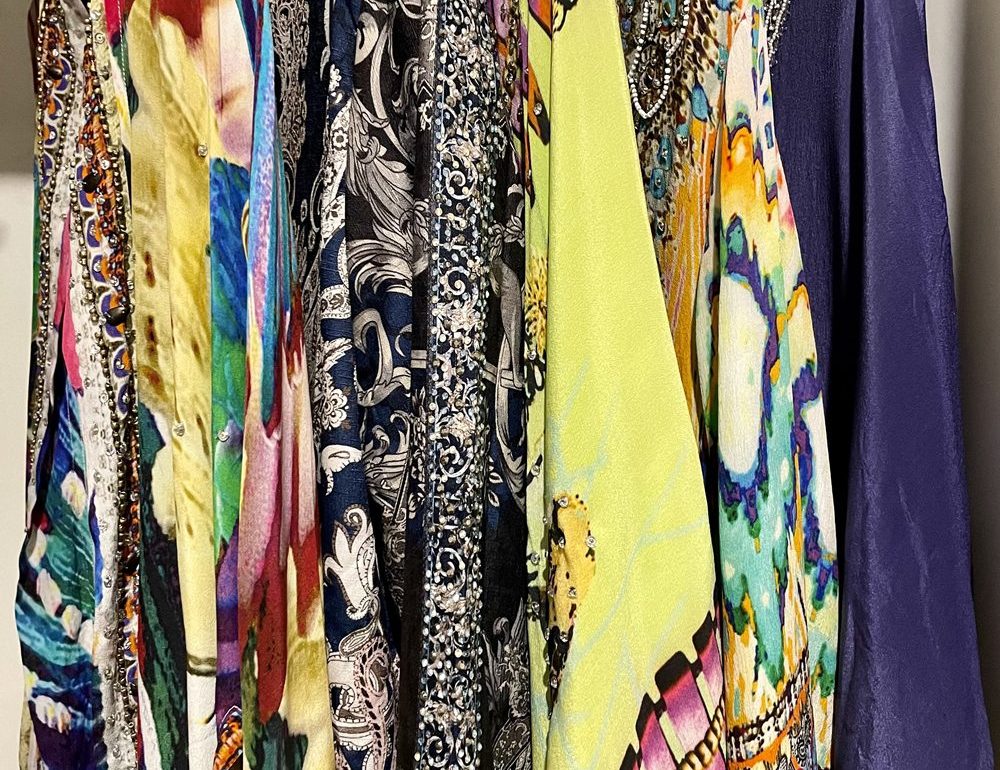Springtime is a season associated with growth and new beginnings. What better way to mark the season than by overhauling your closet. Here’s a guide to help you spring clean your wardrobe and perhaps even find a fresh new look this season.
The Rabbit Hole
My first tip is to start this process when you have a reasonable block of time. This isn’t a 2-minute job you can complete while waiting for the kettle to boil. If you’re like the White Rabbit in Alice and Wonderland and perpetually short on time, then break up the task into smaller tasks you can complete in shorter intervals. For example, one drawer or shelf in your cupboard at a time, or one type of clothing or accessory at a time, e.g. scarves.
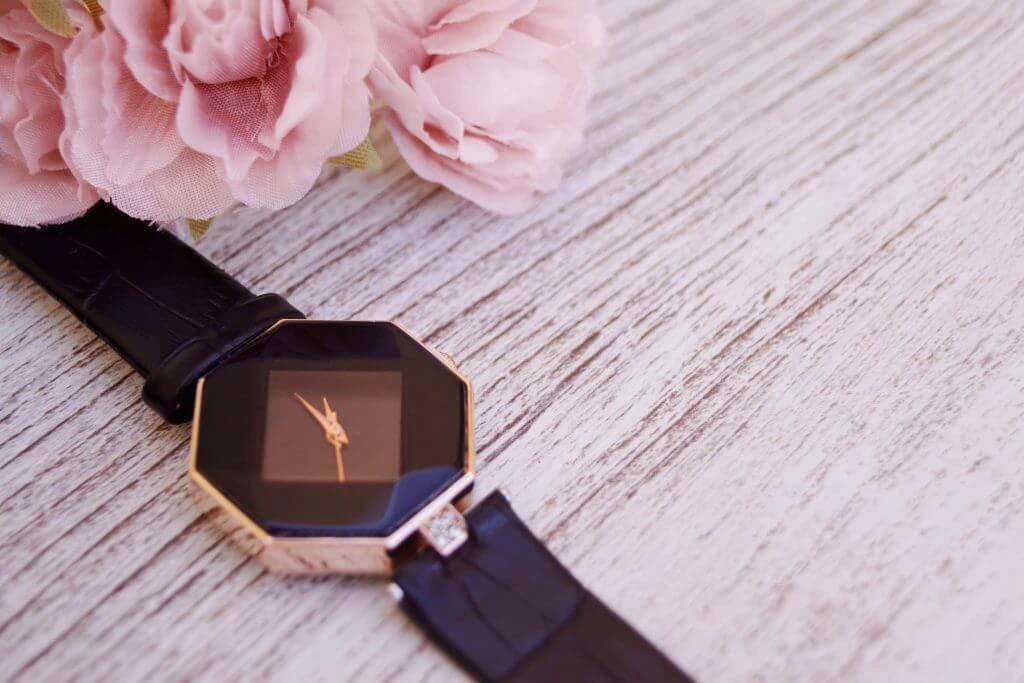
Everything Out
The first step is to take everything out and lay it on the bed (or chair, or desk, or any and every available surface if you have a mammoth wardrobe!) Bring some order to the chaos by piling like items together – tops, bottoms, dresses, scarves, and so on. Once your piles are made, you’re ready to begin going through pile by pile, item by item.
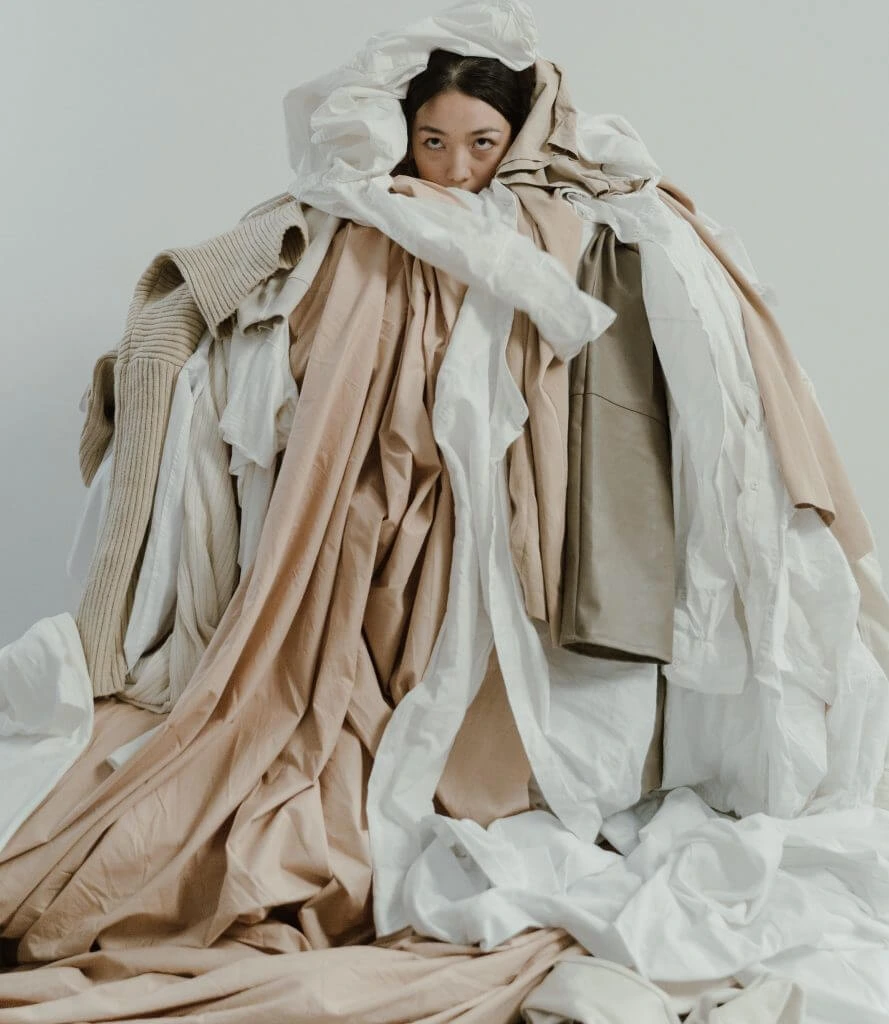
The “I Can’t Believe I Still Have This” test
If your first reaction upon seeing a piece of clothing you remove from your wardrobe is “I Can’t Believe I Still Have This!”, followed by embarrassed mirth, enjoy the moment of laughter then place it straight into the donation pile.
The “Is This Even Clothing?” test
Are you looking at an item of clothing and wondering “Is this even clothing or did the rag I used to wash my car end up in the wrong laundry pile”? If something is so worn out, or so full of holes, or so pulled out of shape, that you’d never in a million years want to be seen wearing it out, then retire it to the rag pile.
It’s tempting to hold onto items for ‘just around the house’ or ‘just under a sweater’. If it’s repairable or needs a minor adjustment, then set yourself a timeframe to either do this yourself or to drop them off to an alterations place. Give yourself at most 1 week. If after 1 week the pile is unchanged and there has been no progress in the way of repairs, then move the pile on.
If you need an outfit to get messy in for a particular job or hobby, then set aside 1 or 2 designated outfits for that purpose.
Generally speaking though, I recommend only wearing clothing that is in good condition. Wearing clothes that have stains, holes, missing buttons, broken zippers, or are otherwise shabby can sometimes make a person feel less confident and less on top of things.
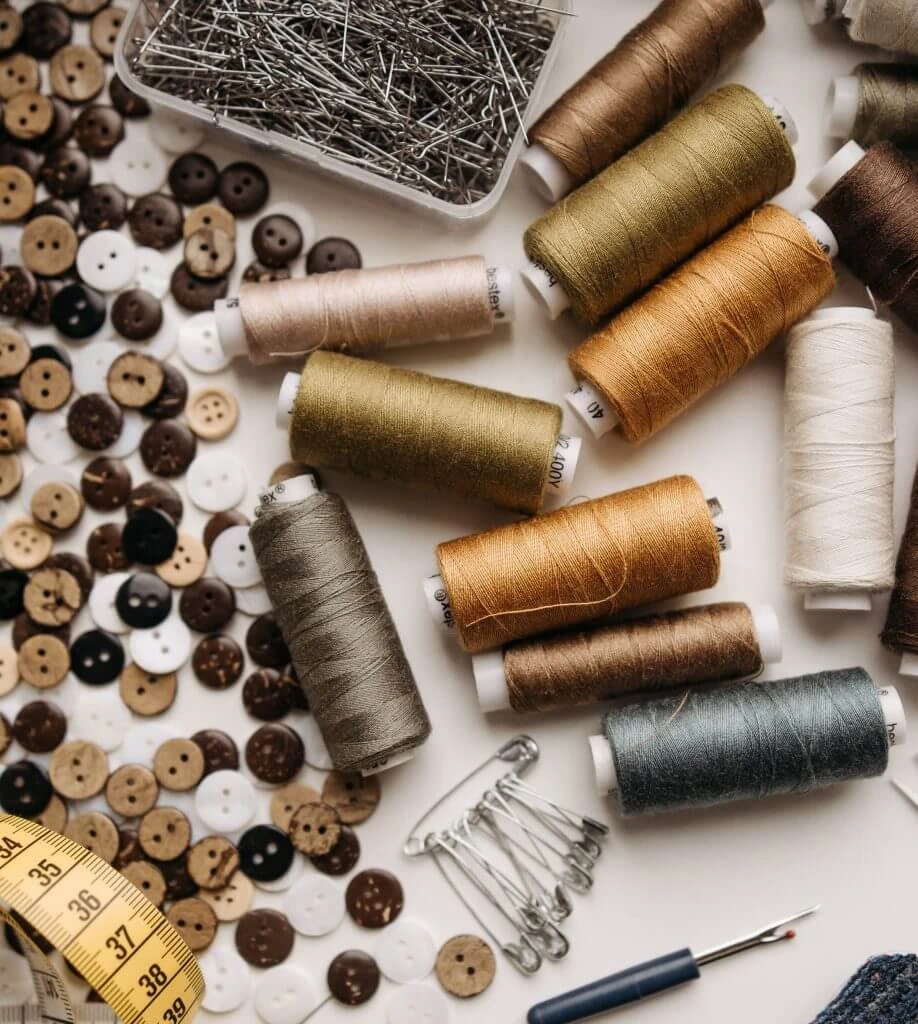
The Goldilocks approach
Now it’s time to streamline your clothing piles using the Goldilocks approach.
This item is too big
It’s so tempting when we change sizes to hang on to clothes we once loved. However, if a pair of pants is too wide around the hips, or a dress is far too roomy at the waist, they are likely not doing you any favours. Flaunt those hips and accentuate that waist in clothing that fits and flatters you – the current you, in your current beautiful body! Donate your oversized clothing.
This item is too small
Just as clothes that are too big can make you look shapeless, clothes that are too small or too tight can also be unflattering. They can also be uncomfortable if they rub excessively, for example under the arms, or if they keep riding up. Perhaps you are hoping to achieve a target weight that will allow you to fit into this clothing. However, closet real estate is precious and often very limited, so it’s better to not occupy it with clothing that you can’t wear.
This item is just right
By now you will be left with one pile of clothing that fits you, which you wouldn’t feel embarrassed to be seen wearing, and that you wish to use your limited closet space on. Now is the time to organise the ‘just right’ pile into categories or sections.
Where oh where has my little top gone?
Group your clothing by type or style or in some other way that makes sense for you, as it makes it much easier to find that favourite little top or pair of jeans when you’re getting dressed. Some suggestions for categories are:
- Work clothes
- Formal occasion attire
- Casual leisure wear
- Tops: this can be further subcategorised into short sleeve, long sleeve etc
- Bottoms: this can be further subcategorised into shorts, jeans etc
- Infrequently used clothing e.g. seasonal wear such as skiing clothing
Shelves in the closet? A happy thought indeed!
Once you’ve determined your categories of clothing, work out where you want them to go in your cupboard. Reserve the most accessible areas of your wardrobe for high-use clothing you wear often. Infrequently used clothing can go into the far end of your closet. For bulky seasonal wear like ski jackets, store inside a vacuum storage bag to reduce the amount of closet space it occupies. The hard-to-reach topmost shelf is perfect for these less used clothing items. For the remaining garments that are to be shelved, fold everything in a similar way and so that you can easily tell what item is what when stacked upon a shelf. Drawers are best used for underwear and smaller items like scarves and hats, as these are hard to stack neatly on shelves.
Place your hanging garments onto good quality coat hangers. Padded hangers are good for delicate garments that can become out of shape over the shoulders when hung on rigid metal or plastic hangers. An additional tip is to use coat-hangers that have a trouser bar with clips to keep outfits together, for example a jacket and skirt suit or jacket and pant suit.
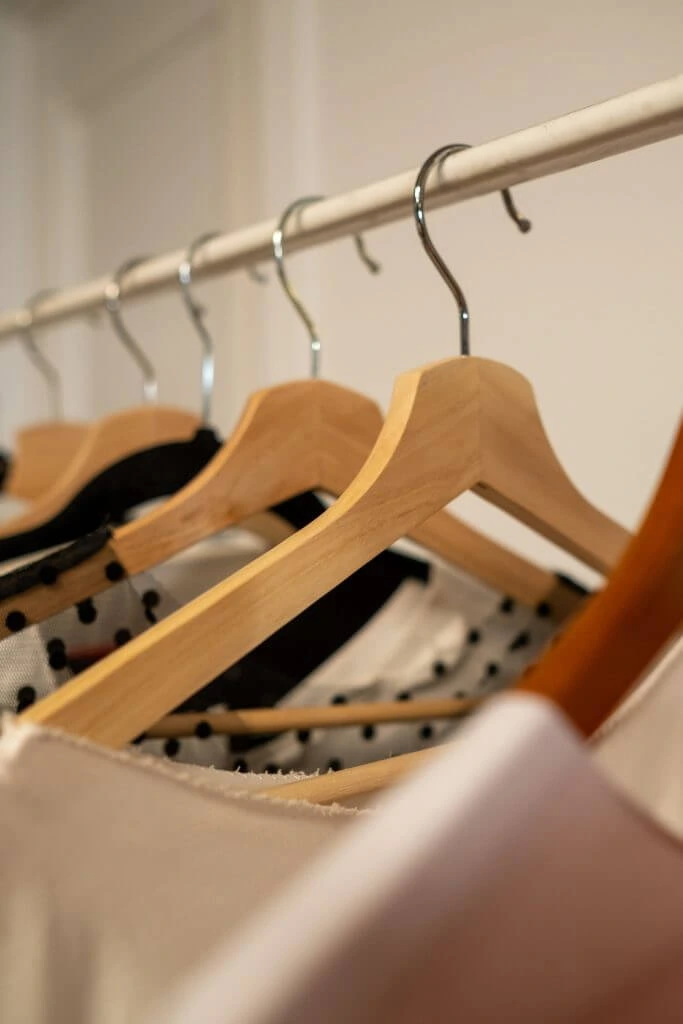
But wait, there’s more!
Before you put your feet up and enjoy a well-earned cuppa or glass of wine, bag or box up your donation pile and place it by the door ready to go as soon as you next leave the house. Do not put this out of sight somewhere, because it will be forgotten, and you’ll end up sorting through it all over again when it’s rediscovered months on!
And finally…
Your mind is probably now abuzz with outfit ideas! Have a think about what’s missing in your wardrobe – there may be obvious gaps if for example you’ve changed size and have had to cull all your jeans. Start a list, on paper or on your phone, with essential items to shop for. There may be other items that would complete an outfit or co-ordinate with several outfits to be a handy staple in your wardrobe. Keep an eye out for these ‘wishlist’ items when you’re out shopping. Having a list like this means that you aren’t buying repeats of clothing, and that you are shopping with intention and purpose. You might also feel your wardrobe is lacking in a certain category, for example formal occasion wear. We tend to have more social events in the warmer months, so now is the time to start looking. It’s always better to shop when you can take the time to find something you love and will wear again, rather than feeling rushed to settle for something ‘that’ll do’ because the event is around the corner and there are no better options.
Now that your wardrobe is spring cleaned and organised, it’s time to get styling and have some fun shopping!
Feel fabulous, always.
Billie
